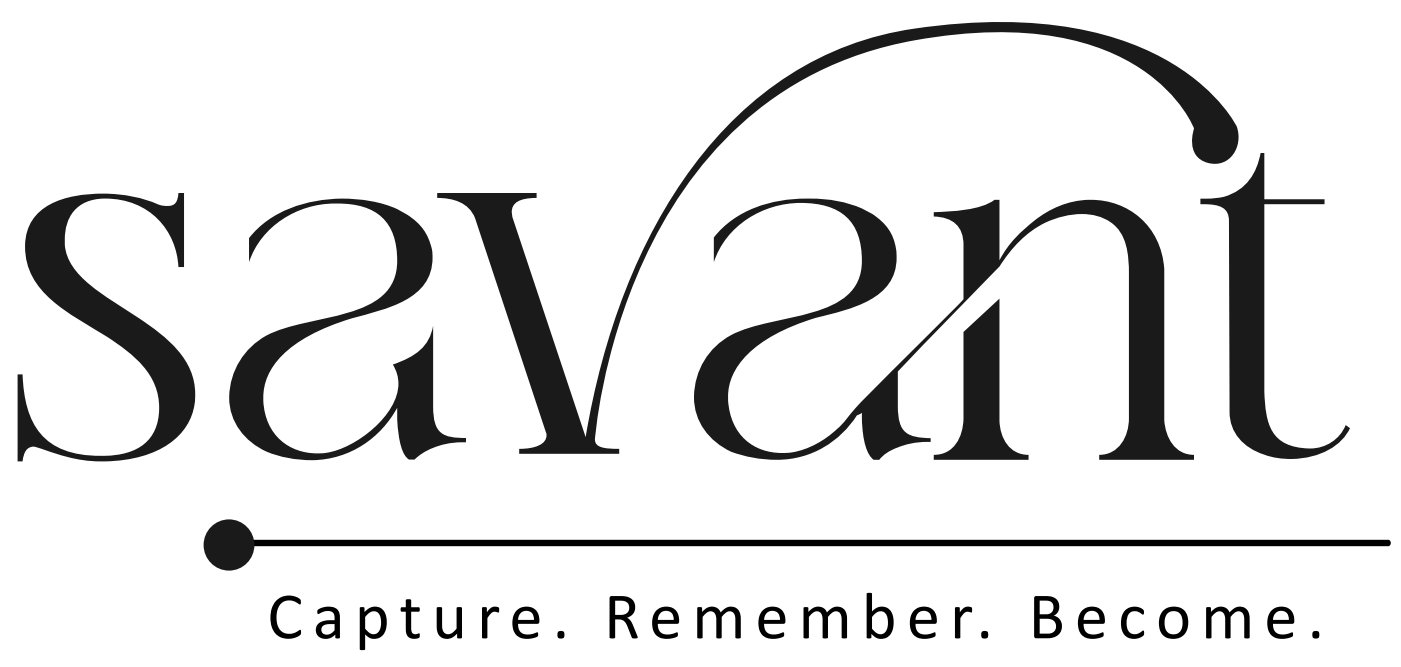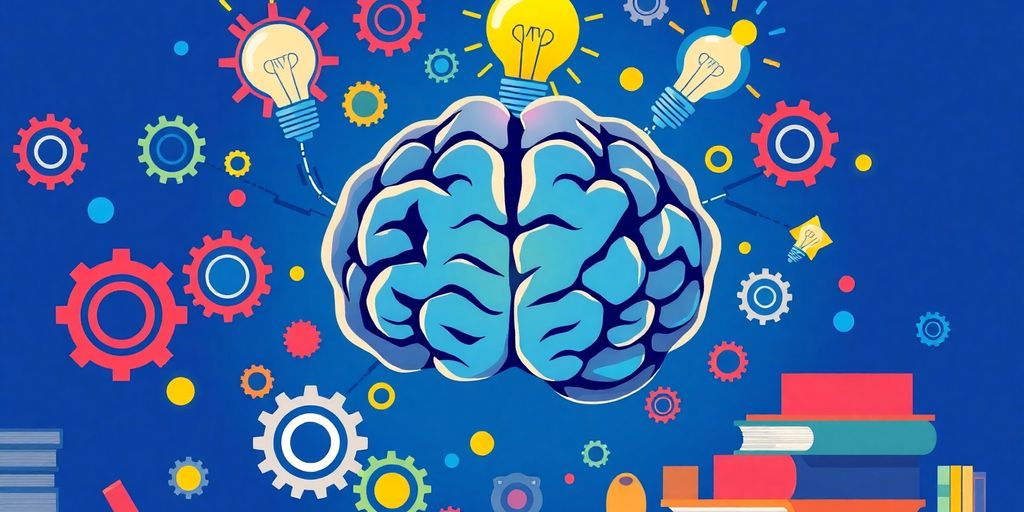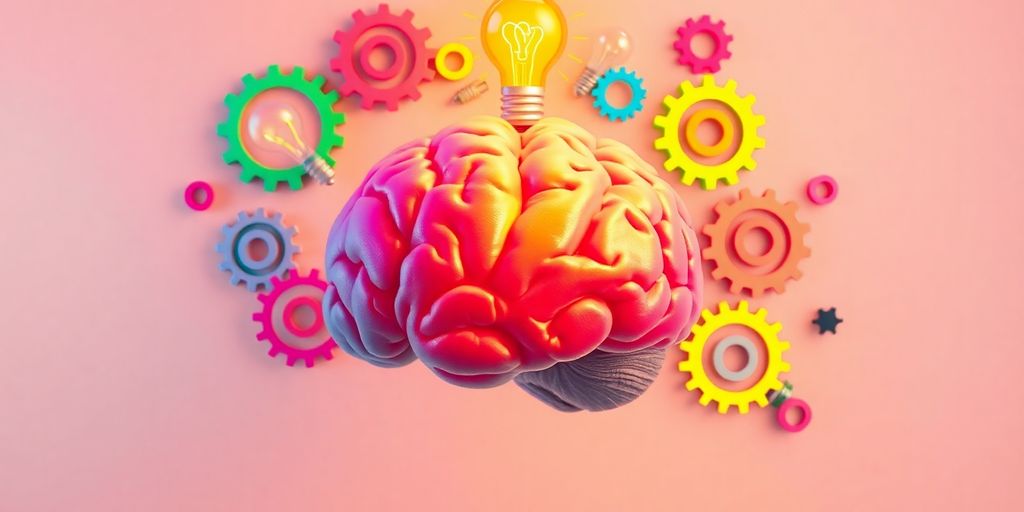Taking notes in high school isn’t just about jotting down what the teacher says. It’s about capturing the essence of the lesson in a way that makes sense to you. Whether you’re doodling in the margins or using a structured method like Cornell, finding your own style is key. This article dives into different techniques to help you master note-taking, so you can ace your classes without feeling overwhelmed.
Key Takeaways
- Finding a note-taking style that works for you is crucial.
- Different methods like the Cornell Method or mind mapping can help organize information.
- Using technology can make note-taking more efficient and accessible.
- Regularly reviewing and revising your notes boosts memory retention.
- Collaborating with classmates can provide new insights and improve your notes.
Why Note Taking Skills Matter in High School
Boosting Academic Performance
Taking good notes isn’t just about jotting down what the teacher says. It’s about creating a tool that helps you understand and remember the material. Effective note-taking can lead to better grades. When you capture the key points and ideas during class, you’re more prepared for exams and assignments. It’s like building a study guide as you go!
Enhancing Memory Retention
Ever notice how writing something down helps you remember it better? That’s because note-taking engages your brain in a unique way. By summarizing lectures and writing them in your own words, you’re reinforcing the information in your memory. Plus, reviewing your notes regularly can boost your long-term recall.
Encouraging Active Learning
Note-taking isn’t a passive activity. When you’re actively listening and deciding what’s important to write down, you’re engaging with the material. This process encourages you to think critically about the subject and ask questions. It’s not just about hearing the information; it’s about interacting with it and making it your own.
Note-taking is more than just a classroom chore. It’s a skill that transforms how you learn and understand the world around you. By mastering this skill, you’re setting yourself up for success not just in high school, but in life.
Popular Note Taking Methods to Explore
The Cornell Method Explained
The Cornell Method is a classic approach that many students swear by. It involves dividing your page into three sections: a narrow column on the left for keywords or questions, a larger area on the right for detailed notes, and a summary section at the bottom. This setup encourages you to regularly review and reflect on your notes. It’s like having a built-in review system right on your page! This method is great for organizing thoughts and making study sessions more effective.
Mind Mapping for Visual Learners
Mind mapping is a fantastic technique if you’re a visual learner. You start with a central idea and branch out with related concepts, creating a visual "map" of information. This method helps you see connections between different topics, making it easier to remember them. It’s perfect for subjects where understanding relationships is key. Plus, it can be a lot of fun to draw!
The Outline Method for Structured Notes
If you like structure and order, the Outline Method might be your go-to. You organize your notes using headings and subheadings, which helps you see the hierarchy of information. This method is particularly useful for subjects with clear, organized content, like history or biology. Seeing the big picture and how details fit in can really help with understanding complex material.
Remember, finding the right note-taking method can make a big difference in how you learn and retain information. Experiment with different styles to see what works best for you. It’s all about making learning a bit easier and more enjoyable.
Tips for Effective Note Taking in Class
Active Listening Techniques
Being an active listener in class is like having a superpower. It means really tuning into what the teacher is saying and grabbing those key points that matter. Focus on understanding the main ideas rather than trying to write down every single word. It’s all about being present and engaged. If something’s unclear, jot down a question to ask later.
Using Abbreviations and Symbols
Ever feel like the lecture’s moving at lightning speed? That’s where abbreviations and symbols come in handy. Create your own shorthand system to capture notes quickly. For instance, use "&" for "and" or "w/" for "with". This not only saves time but also keeps your notes concise and to the point. Remember, it’s your notes, so make them work for you!
Staying Organized with Color Coding
Color coding is a game-changer for organizing your notes. Assign different colors to different topics or types of information. For example, use blue for dates and green for definitions. This visual separation makes it easier to review and find what you need later. Plus, it adds a splash of color to your notebook, making studying a bit more fun.
Taking effective notes can seem like a challenge, but with practice, you’ll find the methods that suit you best. Keep experimenting and refining your techniques, and soon you’ll be a note-taking pro.
Leveraging Technology for Better Notes
Digital Tools and Apps
In today’s world, using technology for note-taking can be a game-changer. Digital tools help keep everything organized and make studying a breeze. Here are some popular ones you might want to check out:
- Evernote: Awesome for organizing notes and syncing them across all your devices.
- OneNote: Great for a flexible layout that lets you jot down notes and doodle.
- Notion: Combines notes, tasks, and databases all in one spot.
These apps can really help streamline your study sessions and make sure you’ve got everything you need right at your fingertips.
Recording Lectures for Review
Sometimes, lectures go by way too fast. Recording them can be a lifesaver. This way, you can replay parts you didn’t catch the first time. Just remember to ask for permission before you hit record. Having a recording means you can focus more on understanding the lecture rather than scribbling down every word.
Syncing Notes Across Devices
Keeping your notes synced across all your gadgets is super handy. It means you can start taking notes on your laptop in class and finish them up on your phone later. Apps like Coconote make this process seamless by providing instant transcription and summarization. This way, no matter where you are, your notes are always up to date.
Embrace technology in your note-taking to make learning more engaging and effective! With the right tools, you can adapt to new challenges and take control of your learning journey.
Personalizing Your Note Taking Style
Adapting to Different Subjects
Every subject has its quirks, right? Math might need more diagrams and formulas, while history could benefit from timelines and cause-effect charts. Tailoring your notes to fit the subject helps you grasp the material better. Take a moment before each class to think about what note-taking style might work best. Maybe start with a mind map for complex topics or stick to bullet points for straightforward lectures.
Incorporating Visual Elements
Let’s face it, nobody likes staring at a wall of text. Visual elements can break the monotony and make your notes more engaging. Try using different colors for headings and subheadings, or doodle small images that relate to the topic. It’s not just about making your notes pretty; these visuals can actually help you remember stuff better. Think of it like adding a splash of color to a black-and-white movie.
Finding Your Unique System
This is where you can really let your personality shine. Maybe you’re someone who likes to use sticky notes for quick ideas or you prefer digital notes that you can organize neatly. The key is to experiment and see what clicks. Don’t be afraid to mix and match different methods. You might find that a combination of styles works best for you. After all, the ultimate goal is to create a system that makes sense to you and helps you succeed in school.
Finding your own style can make studying not just more effective, but also more enjoyable. It’s about connecting with the material in a way that feels natural to you. Keep experimenting until you find what works best.
Collaborating with Peers for Improved Notes

Sharing and Comparing Notes
Teaming up with classmates to share notes can be a game changer. Why carry the entire load when you can split it? Everyone sees things differently, so by combining notes, you get a fuller picture of the class material. Try dividing topics among your group and then come together to discuss what you’ve learned. This not only saves time but also helps in catching details you might have missed.
Group Study Sessions
Studying in groups can make a big difference. It’s not just about hitting the books together; it’s about learning from each other. Set a regular schedule for your group, and make sure everyone comes prepared. Discussing and quizzing each other can reinforce what you’ve learned and make the session more dynamic. Plus, it’s a lot more fun than studying alone!
Peer Feedback and Insights
Getting feedback from your peers can offer new perspectives. Maybe you misunderstood a concept, or perhaps there’s a simpler way to remember something. Peer reviews can highlight these areas. Be open to constructive criticism and use it to improve your notes and understanding. Remember, two heads are better than one!
Reviewing and Revising Your Notes Regularly
Keeping up with your notes isn’t just about jotting down what’s said in class. It’s about going back, reviewing, and making sense of it all. This process can transform your notes into a powerful study tool, ensuring you actually learn the stuff you’re writing down.
Creating Summary Sheets
Let’s start with summary sheets. They’re a lifesaver when you’re prepping for exams. After each class, take a few minutes to condense your notes into a one-page summary. Focus on the main ideas and key details. This isn’t just about cutting down content; it’s about understanding and capturing the essence of what you’ve learned. Summary sheets can be your go-to resource when time is tight.
Self-Testing Techniques
Self-testing is another awesome way to reinforce what you’ve learned. Use your notes to create flashcards or practice quizzes. This method not only helps you remember facts but also trains your brain to retrieve information, which is super helpful during exams. You can even mix it up by using apps or digital tools that offer interactive ways to test yourself.
Teaching Others to Reinforce Learning
Teaching is learning, right? Explain the material to a friend or even to yourself in the mirror. This might sound odd, but teaching forces you to organize your thoughts and articulate them clearly. It’s a great way to find out what you really know and what needs more work. Plus, discussing with peers can lead to new insights and make learning more fun.
Regularly revisiting your notes is like giving your brain a workout. It’s not just about memorizing; it’s about truly understanding the material and being able to use it when you need it most.
Remember, reviewing and revising your notes is an ongoing process. It’s not a one-time thing but a habit that can boost your academic game in a big way. Keep at it, and you’ll see the difference it makes!
Wrapping It Up: Your Note-Taking Adventure
So, there you have it! Note-taking in high school isn’t just about jotting down what the teacher says. It’s about finding a way to connect with the material that makes sense to you. Whether you’re doodling, using the Cornell Method, or just scribbling key points, the goal is to make your notes work for you. Remember, it’s all about practice and figuring out what clicks. Keep experimenting with different styles and tools, and soon enough, you’ll find your groove. And who knows? You might even start to enjoy it. Happy note-taking!
Frequently Asked Questions
What is note-taking?
Note-taking is the process of writing down important information from classes, books, or discussions to help you remember and understand it better.
Why is note-taking important in high school?
Taking notes helps you keep track of important ideas, makes studying easier, and improves your ability to remember information for tests.
What are some popular note-taking methods?
Some popular methods include the Cornell Method, Mind Mapping, and the Outline Method, each with its own way of organizing notes.
How can technology help with note-taking?
Technology can help with note-taking through apps that organize notes, record lectures, and use spaced repetition for better memory.
How can I improve my note-taking skills?
You can get better by practicing active listening, using short forms, and reviewing your notes regularly after class.
What should I do if I miss something important while taking notes?
If you miss something, ask a classmate for their notes, or talk to your teacher to get more details on the topic.






